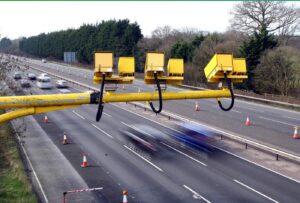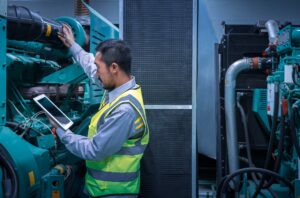Chances are, your inspections, reports, and checklists are littered with errors. Are you okay with this?
Humans are prone to error. There’s no secret there. Yet too many of us, especially in the built world, still depend on pen and paper, or basic data capture software (like excel spreadsheets), to record tasks, perform inspections, or complete checklists.
So here’s a reality check. Human error is responsible for up to 80% of failures, accidents, and incidents in high-risk industries. And these small, seemingly innocent mistakes cost businesses hundreds of billions of dollars each year.
One famous example was the loss of NASA’s $125 million Climate Orbiter as it circled Mars in the late 90s, which was due to a simple unit conversion error that most high school students could have caught – but hundreds of the world’s brightest engineers missed.
In our own app data, we can identify that more than 10% of data that is initially captured by human users is incorrect – often obviously incorrect, or even impossible, such as extra zeros being appended at the end of a number or a meter reading showing a decrease even though the reading can ONLY increase over time.
Unfortunately, this is not a problem that can be fixed through training or experience. It’s the human condition. But there’s good news: it’s a relatively easy fix with a little bit of help from software automation and digital safeguards. In a 2009 UNLV study, humans were over twenty times more accurate in manual data entry with the assistance of a digital automation tool that helped verify accuracy.
The key for today’s built-world firms is to leverage the right type of digital tool (such as StringBean) that can do the following:
- Identify errors in real time
- Alert users and stakeholders when mistakes are made, or when critical steps are missed
- Automatically guide users through remediation actions, such as capturing additional information
Taking things a step further, your technology should also be smart enough to synch up with other data sources, like weather information, and account for things like environmental conditions. For example, a “normal” reading may differ during winter versus the height of summer and may require workers follow different procedures. With machine learning capabilities, your digital tool may be able to recognize, in real-time, when an error is made, and then prioritize a next step or kick off a different workflow altogether.
Ready to start the conversation? Contact us today to see StringBean in action.


